In a year marked by the return of the El Nino weather phenomenon, an exceptionally hot summer, a series of extreme weather events and the increasingly visible impact of global warming, experts are now anticipating that this winter would likely break records by becoming the warmest one.
“Globally, it’s extremely likely that this will be the hottest December, January and February on record,” climate scientist Mathew Barlow told Anadolu.
According to him, “for the earth as a whole, it’s very likely to be the hottest period on record.”
The reasons for the exceptionally warm winter, he said, are global warming and the El Nino effect.
“There is the overall trend with global warming that El Nino tends to, on average, add warming on top of that,” explained Barlow, a professor of climate science at the University of Massachusetts Lowell in the US.
The years that have set global temperature records, they were almost all big El Nino years, he added.
The climate scientist said that average temperatures are expected to be warmer almost everywhere.
October was the hottest ever on record by a large margin, he said.
According to the EU’s Copernicus Climate Change Service, October 2023 was the warmest October globally in data records going back to 1940.
It was also the fifth consecutive month of record temperatures globally.
“From January to October, the year 2023 was 0.1°C warmer than the ten-month average for 2016, currently the warmest calendar year on record, and 1.43°C warmer than the pre-industrial reference period,” the Copernicus Climate Change Service said in a report.
Barlow also foresees a shortening of the winter season.
“I think in most places, the winter will be shorter. The coldest temperatures will start a little later and a little earlier. That’s been a very consistent shift over time for most regions,” he said.
The climate scientist is also predicting another record in terms of global average surface temperature, leading to a lot of extreme weather events.
With global warming, he expects extreme events to continue to accelerate the same way seen this summer in the form of severe floods, droughts and extreme heat.
“This area that’s basically an open question right now is what will happen to cold extremes, cold air outbreaks,” he said.
While those are definitely getting less frequent with climate change, he believes that they still, whenever they occur, “tend to be pretty cold.”
The US has already set some cold records this fall right after setting some heat records.
“So that kind of weather whiplash is on the increase, where you see very warm temperatures followed by occasionally by very cold temperatures,” he said.
An El Nino winter
El Nino, the phenomenon in which the ocean waters become warmer than usual, has sort of distinctive patterns of wet and dry, explained Barlow.
While every El Nino is different, they tend to have similarities, especially in the northern hemisphere winter months of December, January and February, he said.
His estimates for the upcoming winter are basically a combination of expectations from global warming, as well as the historical behavior of past El Ninos.
“It’s a little bit of an open question with El Nino because it’s occurring in a changing climate, whether this one will look the same as a previous one,” he said.
The Horn of Africa is expected to be wetter than average, a region that has had several years of drought followed by flooding in the last few months.
“The hope is that the increased rain will be kind of moderate, rather than more flooding,” he said.
The winter months will also probably be wetter than average in southwest Asia and very dry in southeast Asia. They are also expected to be wetter than average in the Gulf Coast of the US.
Countries such as Brazil and others in northeastern South America will see drier than average winter months, said Barlow.
Fewer cold air outbreaks
There will be fewer cold extremes overall, said Barlow, adding that “much is very clear and very consistent with climate change.”
“There have been areas in central US and parts of east Asia where, even though those cold extremes are occurring less frequently, when they occur, they’re occurring as cold as they ever did, which was not expected,” he said.
The idea is that global warming makes things warmer overall, but it also shifts weather patterns and it influences the jet stream, he added.
“There has been a lot of discussion of whether the climate change influence on the jet stream can, perhaps in some limited circumstances, actually make cold air outbreaks stronger,” he said.
The climate scientist points out that there are a lot of concerns over warm winters and their impacts on ecosystems.
There are a lot of agricultural impacts on local vegetation and plants, he said.
“So, if you have a warmer winter, there are a few things that grow better, but in general, it’s harder on plants and animals,” said Barlow.
Warm winters also impact regions where a lot of the resources and water resources are related to the melting of snow.
“You have problems because the snow melt, the snow pack, is not accumulating as much over the winter season,” he said.
Despite the geopolitical tensions around the world, Barlow emphasized the need for countries to keep up efforts regarding climate change mitigation.
“It’s easy to look at some of those things that are going on and say, why should I worry about climate change when all these other terrible things are going on, which I think is, is always a valid question,” he said.
“But I hope that people see also climate change as a possibility where the international community can at least stay in dialogue, and it can be a place where negotiation can continue to happen.”
Bütün xəbərlər Facebook səhifəmizdə









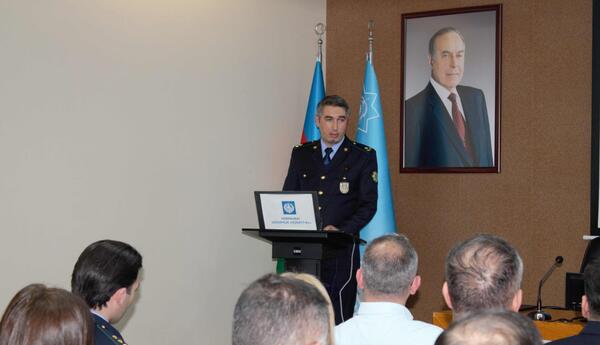


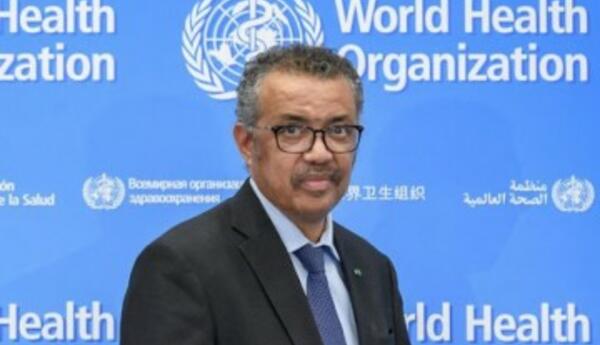

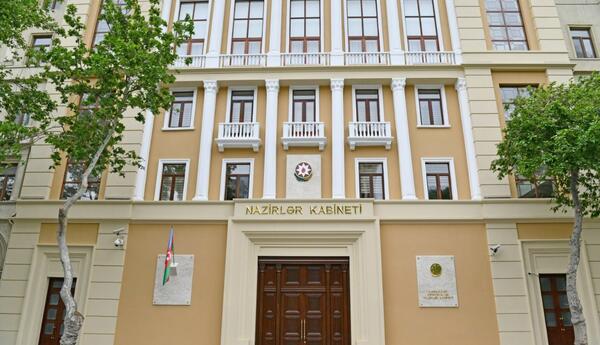
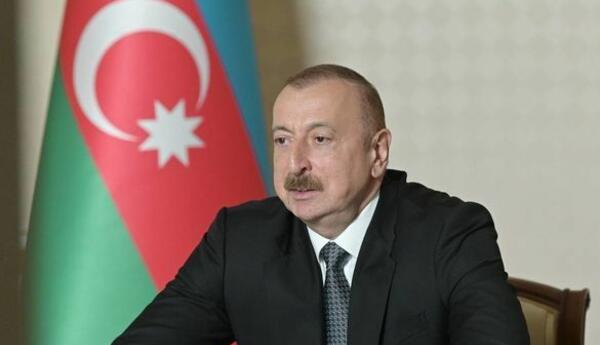
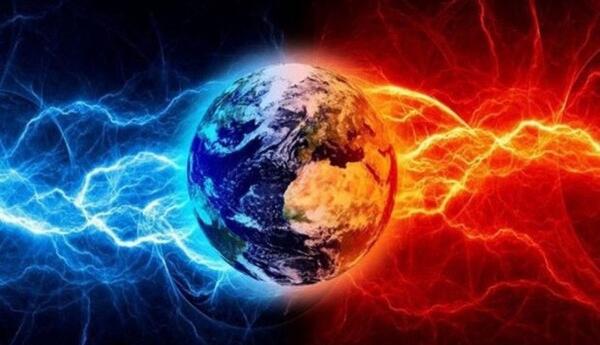














 USD
USD
 EUR
EUR GBP
GBP RUB
RUB